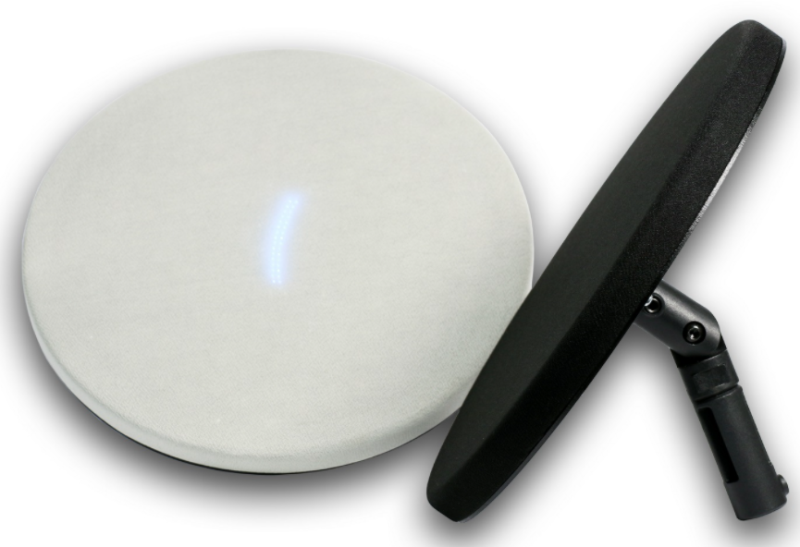
Acouspade Classic Hyper Directional Sound System Black
UTR-ACOUSPADECLASSICB
- Input voltage: 230V or 120V, 50/60 Hz
- Power supply: 24V/1A
- Temperature: -20°C to 60°C (-4°F - 140°F)
- Humidity: 0 - 95% (non-condensing)
- Input impedance: 10k Ohms
- Typical input signal: 160 mVrms
- Frequency response: 150 Hz to 16 kHz
- Max speaker output: 90 db @ 1kHz/1meter
€ 1.274,13
prix TTC (tva inclus)
En rupture de stock temporaire
